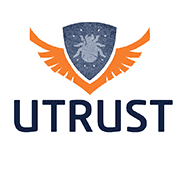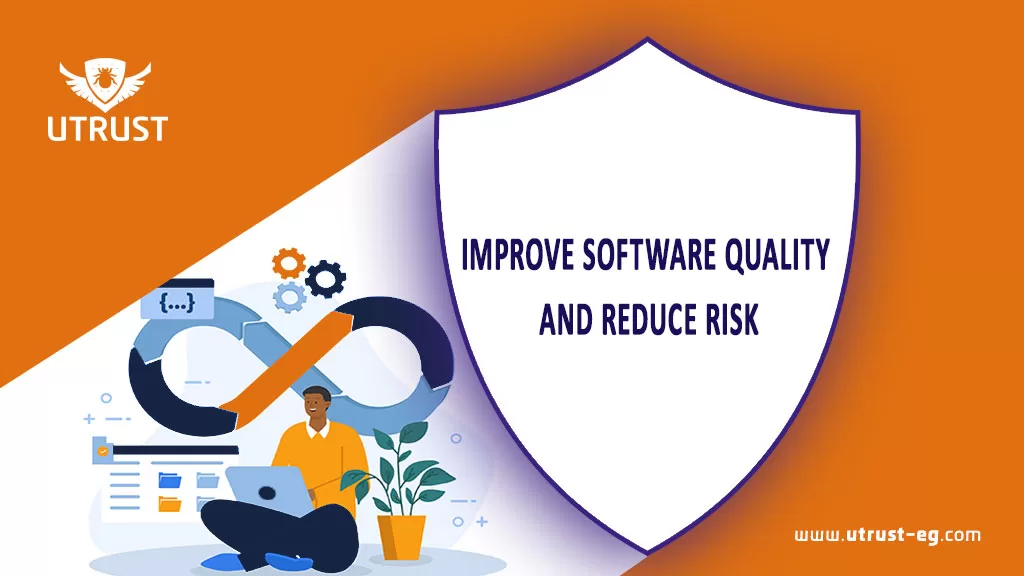The implementation of a robust CI process can significantly elevate software quality and curtail the probability of bugs, regressions, and integration conflicts. By consistently integrating code changes, developers can promptly pinpoint and resolve issues at their nascent stages, thereby preventing their escalation into more complex problems requiring extensive resolution efforts.
Steps to Elevate Software Quality and Minimize Risks through CI
1. Establish a Version Control System (VCS)
A dependable VCS such as Git or Subversion is imperative for effective CI. It enables developers to concurrently work on distinct features or bug fixes, manage code versions, and foster seamless collaboration.
2. Automate Builds
The configuration of an automated build process is pivotal for ensuring consistent and reproducible builds. Build automation tools like Jenkins, Travis CI, or CircleCI can automatically fetch the latest code changes, compile the code, and generate executable artifacts.
3. Write Comprehensive Tests
Automated testing serves as a cornerstone of CI. Developing a robust suite of tests encompassing unit tests, integration tests, and end-to-end tests is vital to validate the functionality and behavior of the software. Executing these tests as part of the CI pipeline aids in identifying any regressions or defects introduced by code changes.
4. Continuous Integration Server
Employing a dedicated CI server to orchestrate the CI pipeline is essential. The server monitors the version control system for code changes, triggers the build process, and executes the automated tests. It furnishes feedback to the development team regarding the build status and test results.
5. Isolate Dependencies
To ensure reliable builds and tests, isolating external dependencies such as libraries or frameworks from the core codebase is crucial. Leveraging dependency management tools like Maven or Gradle facilitates the automatic management and resolution of dependencies.
In conclusion, the fusion of Continuous Integration and Continuous Deployment (CI/CD) practices emerges as a potent strategy to enhance software quality and mitigate risks in contemporary software development. By automating pivotal stages of the development lifecycle, CI/CD empowers teams to detect issues early, promote collaboration, and expedite the delivery of high-quality software products.
Comments are closed.





